What is a reborn doll? How is a baby doll reborn? For those of you that have asked yourselves the same question, in this crash course on reborn dolls, you will find out exactly what constitutes a “reborn” doll, the history of the reborn movement, and a few clarifications about the process of “reborning”.
What is a Reborn Doll?
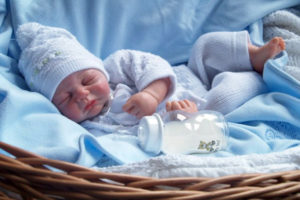
A reborn doll is a manufactured doll that has been transformed by an artist to resemble a human infant with as much realism as possible. Reborn dolls are also known as lifelike dolls or reborn baby dolls. In many cases, reborn dolls have been occasionally mistaken for a real baby, because of its realistic appearances.
The process is known as reborning and is very time-consuming and detailed work. Because of the intense amount of labor and craftsmanship, these finished reborn dolls can be sold for hundreds or thousands of dollars.
Reborn dolls are typically repurposed from manufactured doll or part kits, with the artist painstakingly removing the original paints and finishes from the doll before beginning their own process of reborning the doll.
Reborn dolls can be made from any manufactured, vinyl doll, but some are more desirable because of their already lifelike features. When selecting a base doll, artists will seek out dolls that already have human expressions, features, and body shapes.
There are several sizes for reborn dolls, ranging from “preemies” or smaller dolls, to regular-sized dolls. A finished reborn doll can range from mere inches to the size of a small child.
Who Buys Reborn Dolls?
People love reborn dolls because it simply feels good to hold a baby in one’s arms. In fact, scientists link a release of oxytocin, a “feel-good” chemical in the human body, to holding and hugging an infant or a small child. Some professionals even believe holding and cuddling reborn dolls – or any doll that has a realistic feel – might be healing to the body and/or mind, as witnessed by this interesting study with Alzheimer’s patients.
Another reason reborn dolls are popular is that they allow for role playing. This phenomenon isn’t much different from the explosion of Sims and other online or game worlds where the player “becomes” the character, and acts appropriately to that character. Some reborn doll owners cuddle their dolls, most dress them and change their outfits, and a few actually take them out in carriages or in baby carriers for a stroll at the mall or a day in the park.
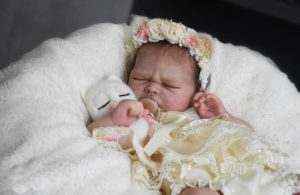
Yet others simply appreciate the art work that goes into crafting a good reborn doll. People collect all kinds of things. Reborn dolls are just another option of items to collect for their own empiric value – they look sweet and are fun to own.
A Brief History Of The Reborn Movement
The reborn movement began in the late 1990s, primarily in the United States and the United Kingdom. The trend for creating reborns grew out of the longstanding tradition for creating ultra-realistic dolls within the doll-making community. Collectors and artists alike gravitated to the reborn movement as a way to restore and enhance dolls and incorporate them into this trend toward realism.
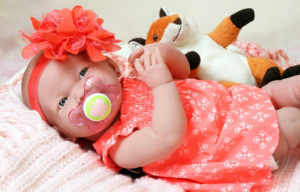
Since their initial inception, the reborn dolls have gained a well-established niche space within the doll-making community. With the advancements of the internet, doll makers were also able to create online communities that shared this passion for reborn dolls and realistic baby dolls. In 2002, the first reborn was offered on eBay.
As news outlets across the world began covering the trend, reborning enjoys popularity not only in the United Kingdom and Australia, but has also reached Canada, the rest of Europe, Africa, and Latin America and many other countries around the world. Doll manufacturers have also taken advantage of the trend and sell supplies, tools, and accessories catering to reborn followers. Today, reborning has been incorporated into therapeutic processes, has a loyal fan base, and claims magazines, books, conferences and guilds for its loyal followers.
The Process Of Reborning
The appearance of the doll depends on the creator; however, certain reborn artists allow customers to customize their doll, usually using a photograph to replicate a particular infant.
Artists will begin the reborning process with either a doll kit or a completed manufactured doll. If using a doll that is already painted, the artist will soak the vinyl pieces in a chemical solution to remove the original finish. Doll kits are already blank with no finish applied.
The artist will then apply the new finish to the dolls, sometimes applying up to 80 layers of paint. This typically begins with a layer of blue tones to mimic the undertones of realistic baby skin. These painted layers are baked onto the vinyl doll and painstakingly applied to the skin to add layers of depth and realistic veining, rosacea, and other features of a newborn’s mottled skin.
Striving for the most realistic looking doll possible is the main goal of the reborn artist. At this point, they may even open up the nostrils and ears to provide a more accurate shape to these facial features. The eyes will also be replaced with either a detailed paint job, or with prosthetic eyes.
To apply the hair, artists will root the hairs individually into the scalp, or will apply a wig depending on the amount of hair required. Microrooting involves applying the hairs strand by strand to achieve hair that is extremely lifelike and will be styleable in the same way as a newborn infant. This step can take up to 30 or more hours per head.
The dolls are then stuffed and weighted so that they are accurately replicating the weight and weight distribution of a real infant. Many dolls are also given electronic features to make them even more realistic, like hot packs to make them warm, voice boxes, or machines that mimic heart beats and breathing.

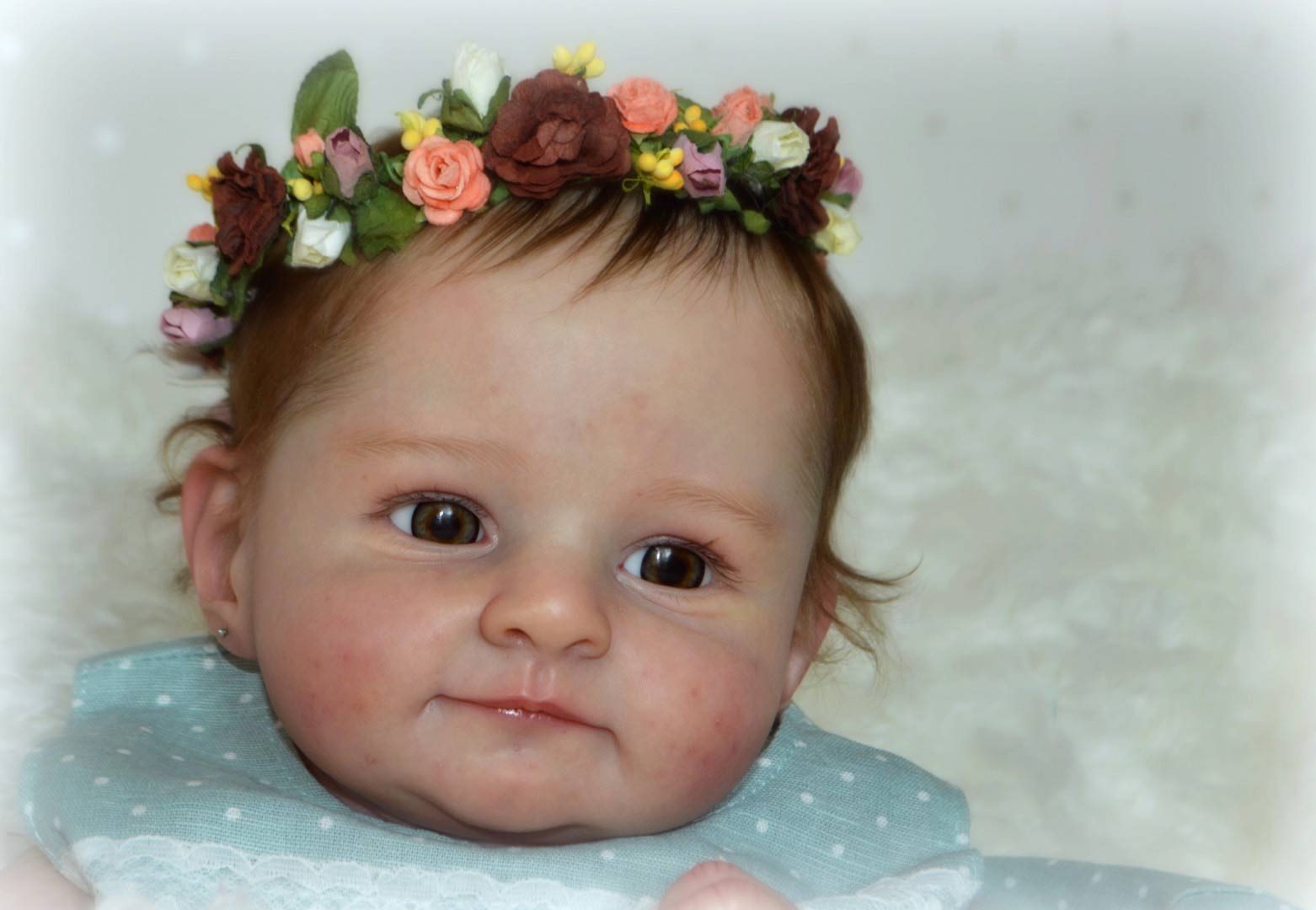
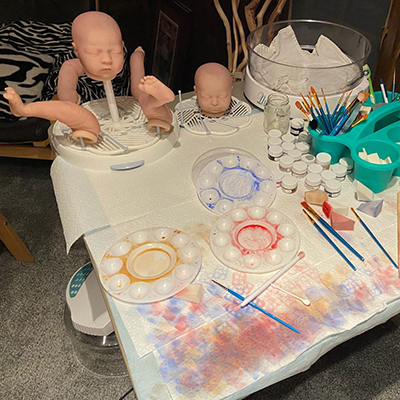

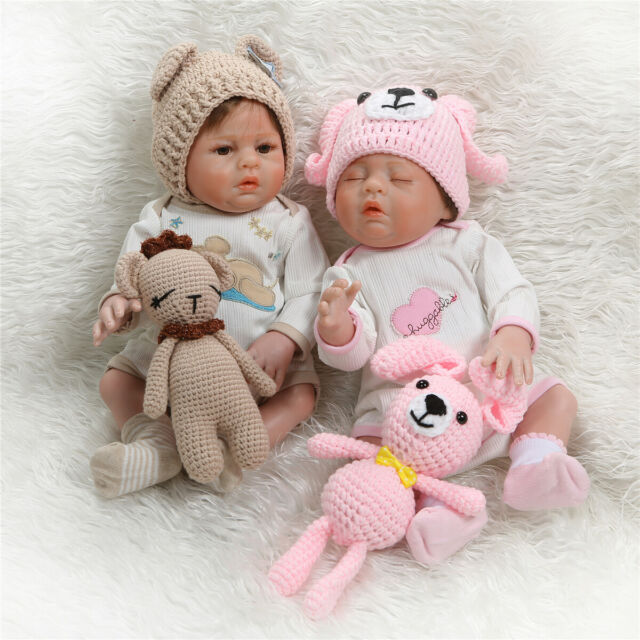
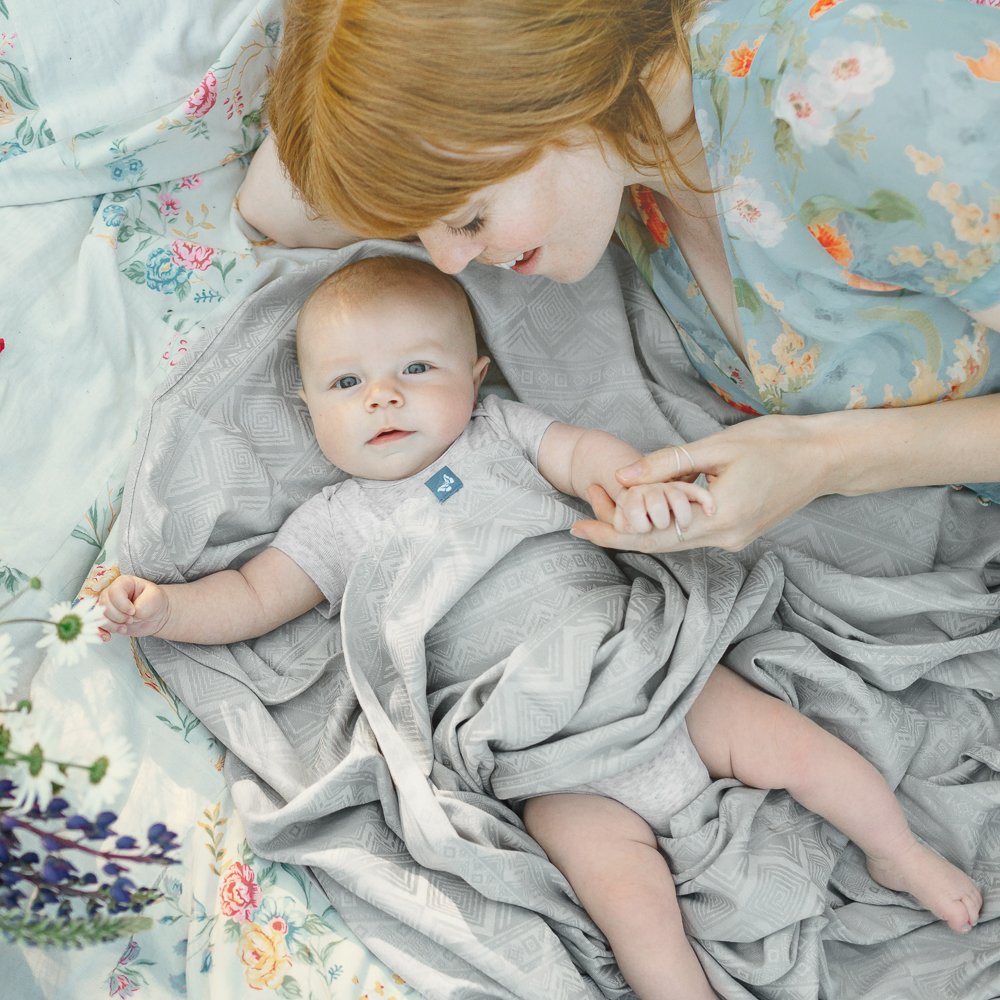
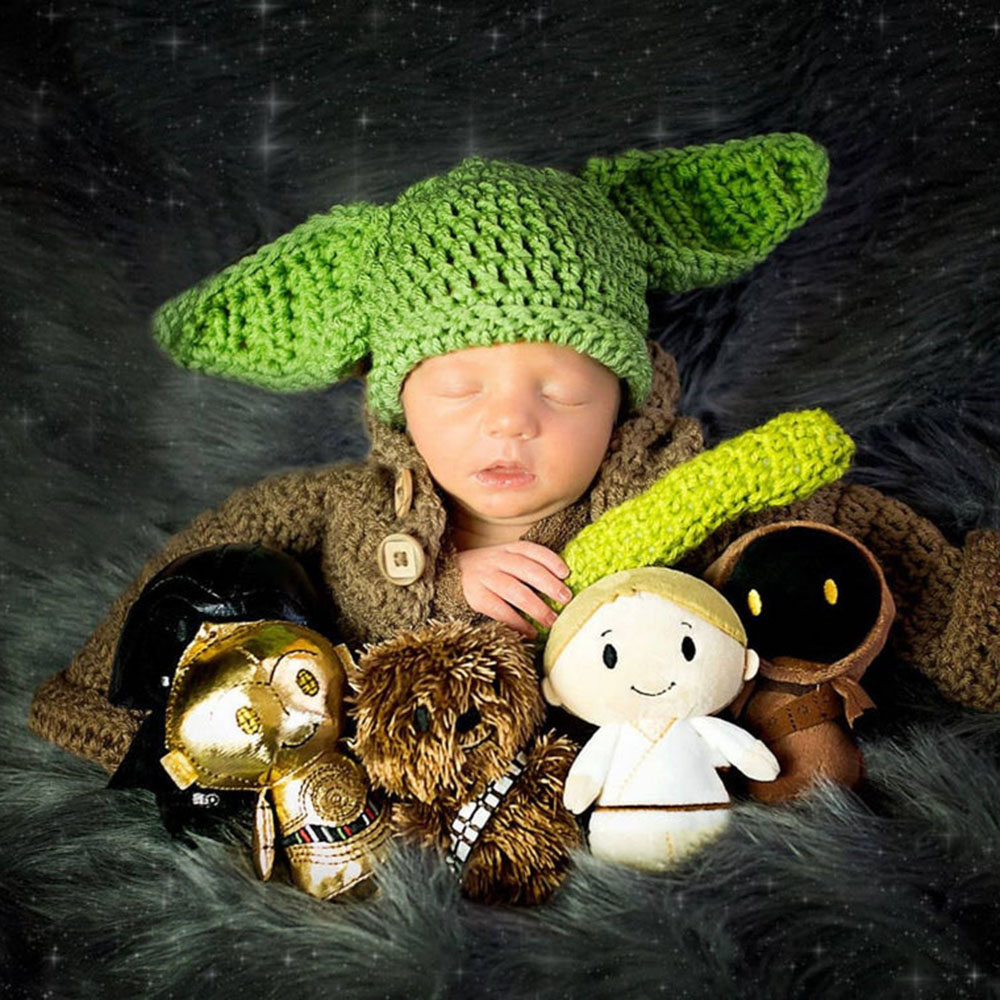
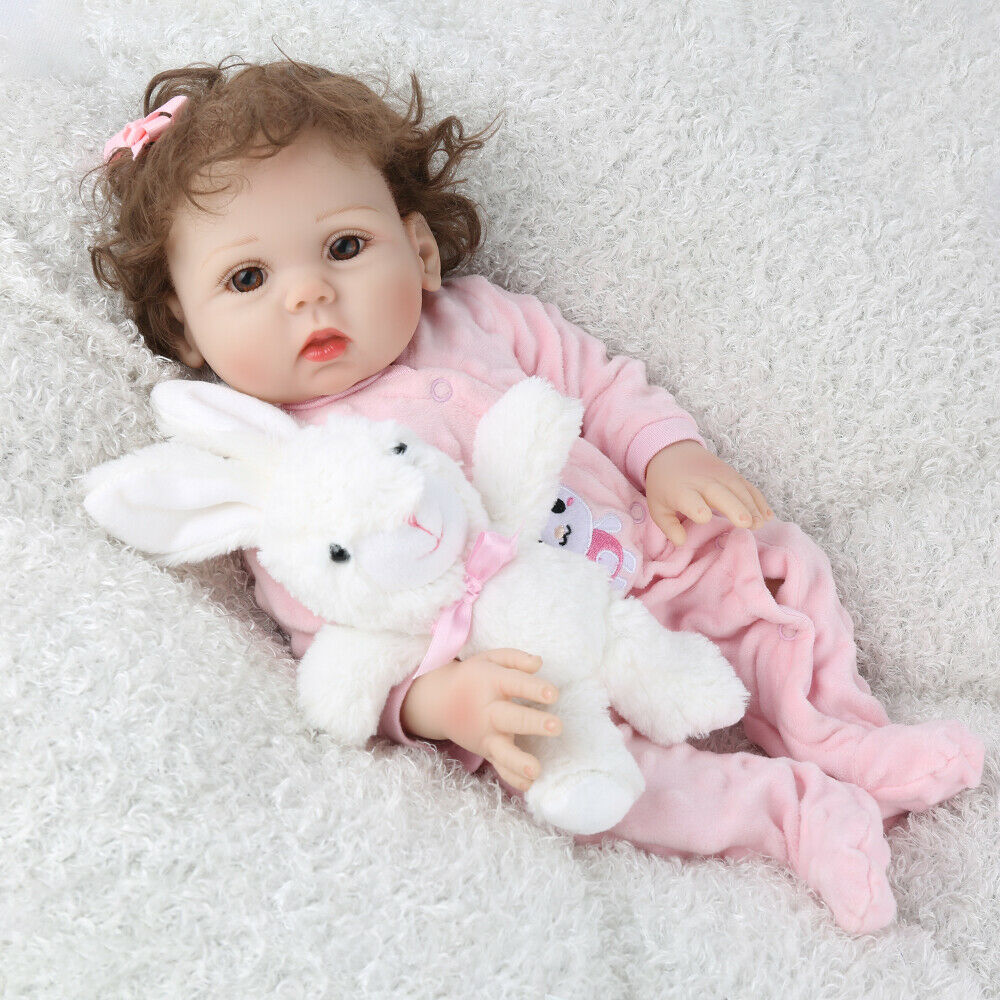
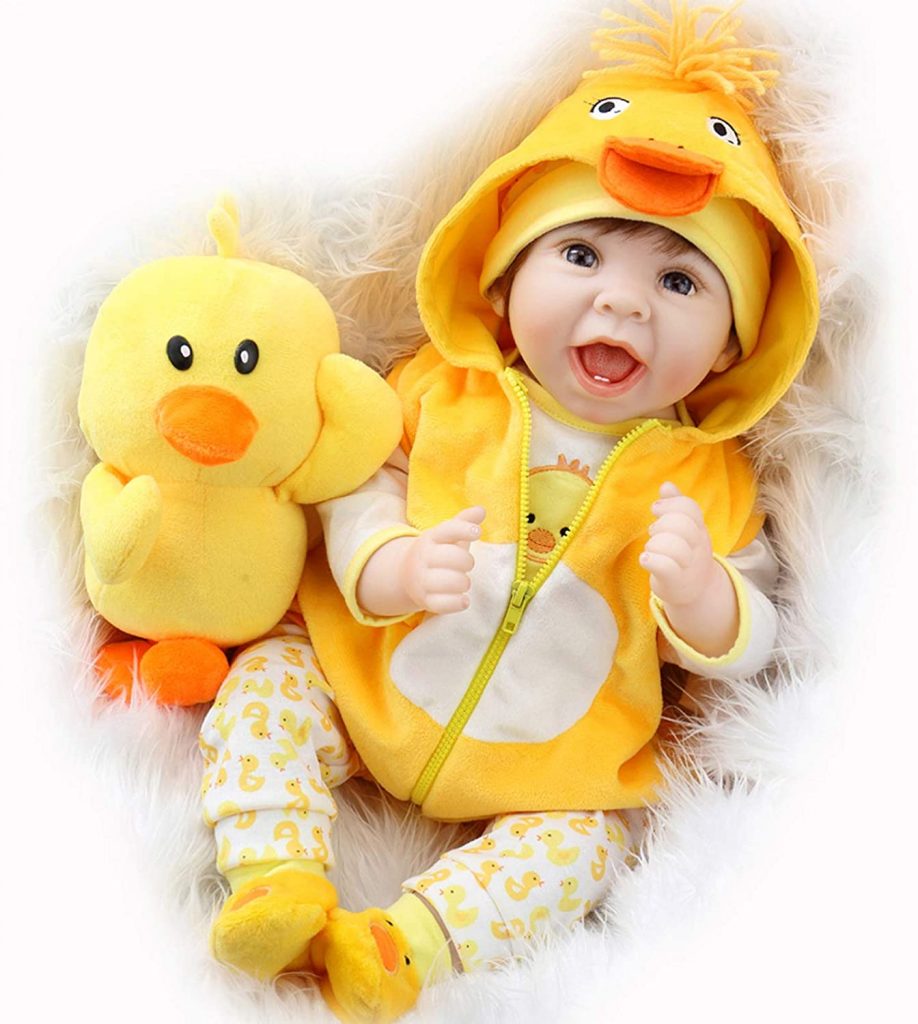
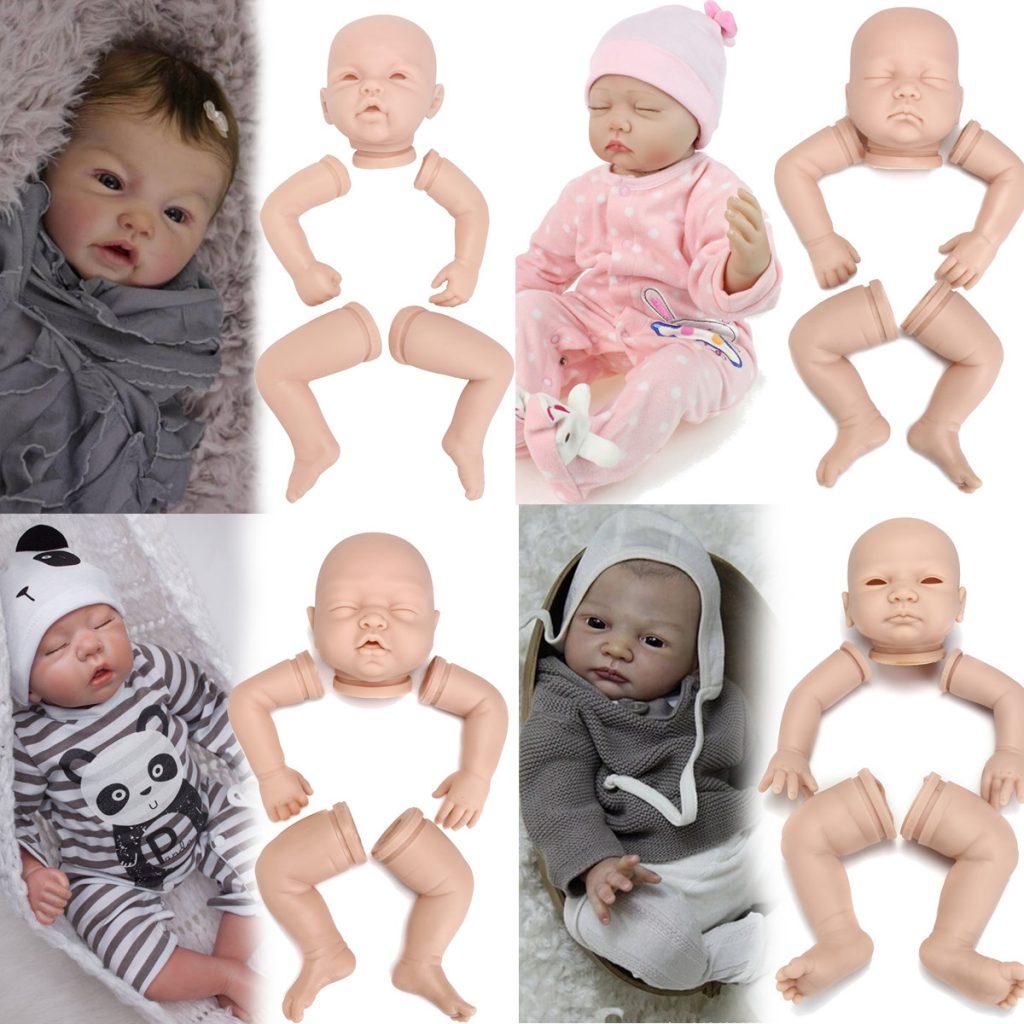
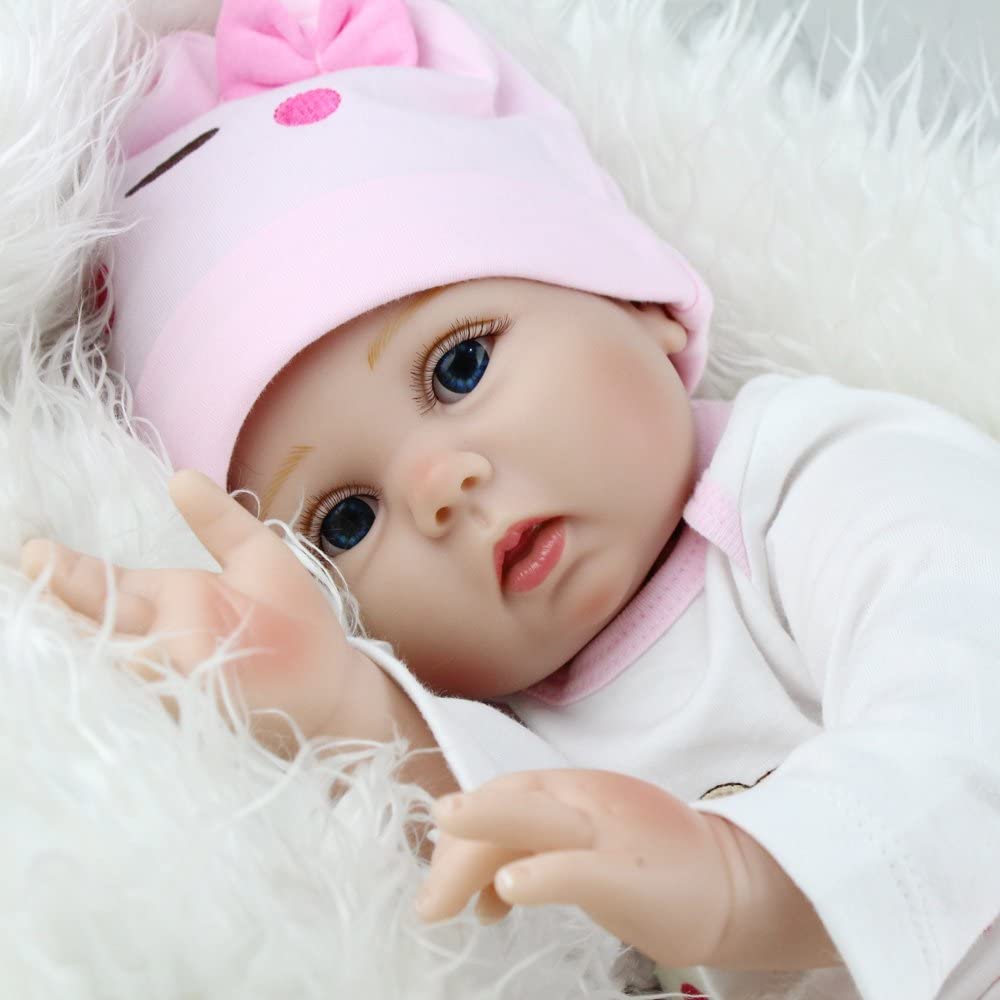
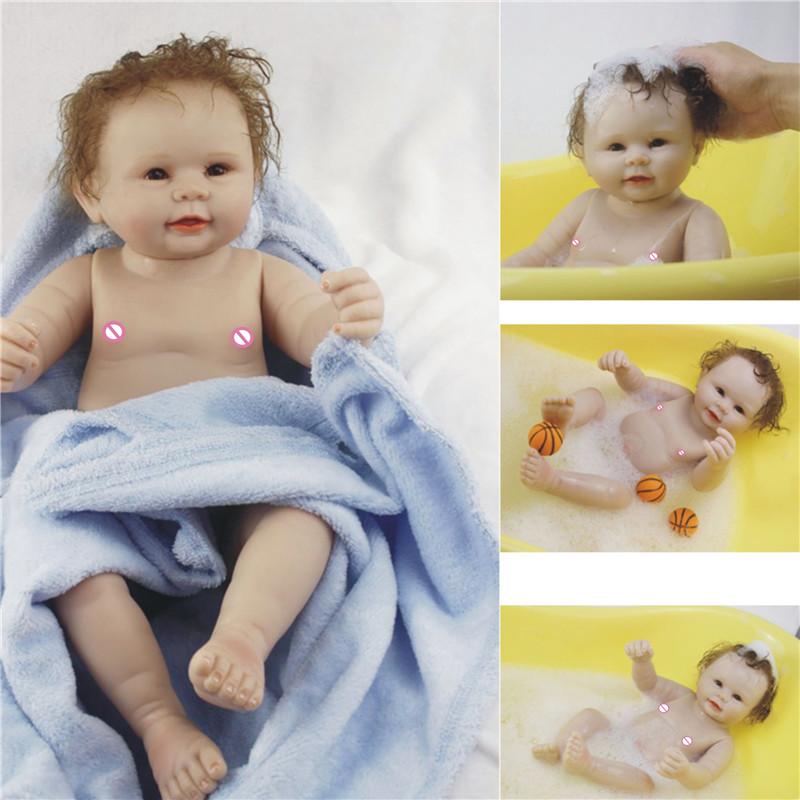
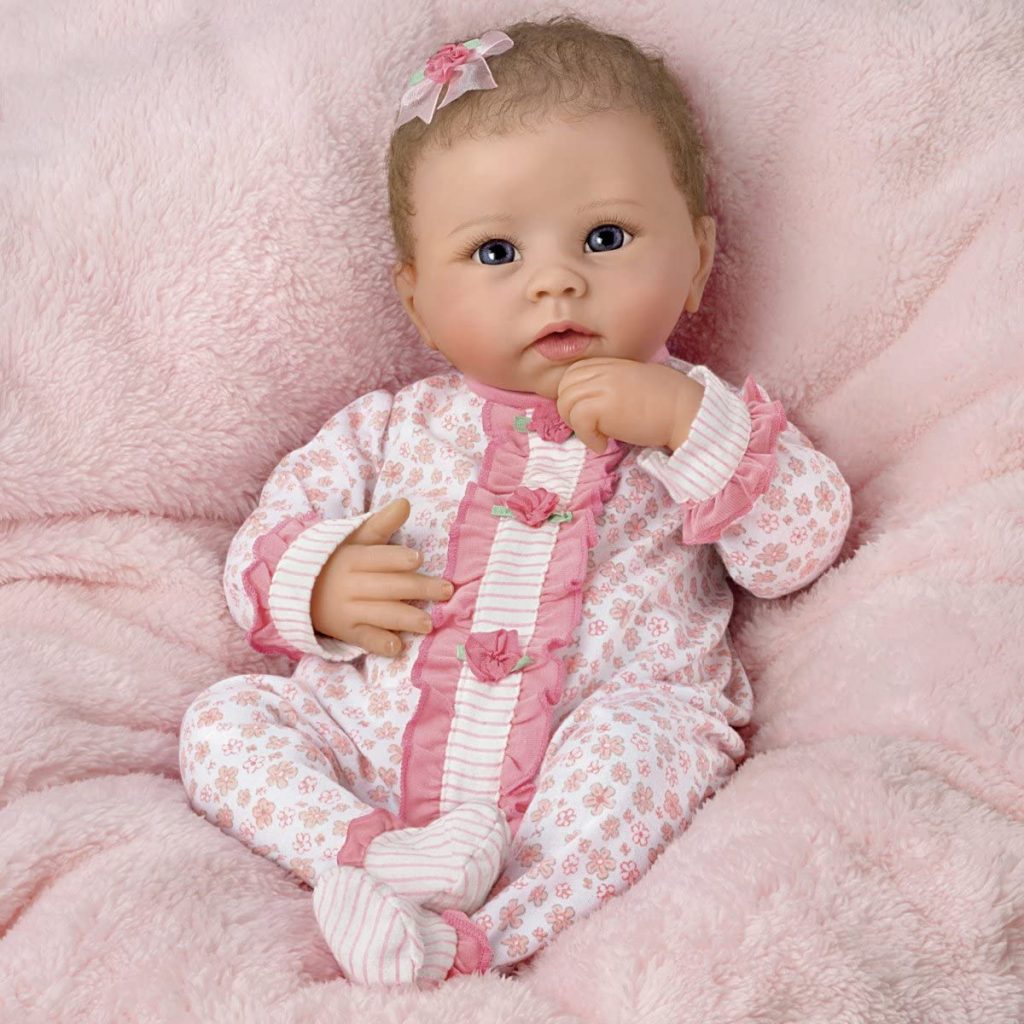
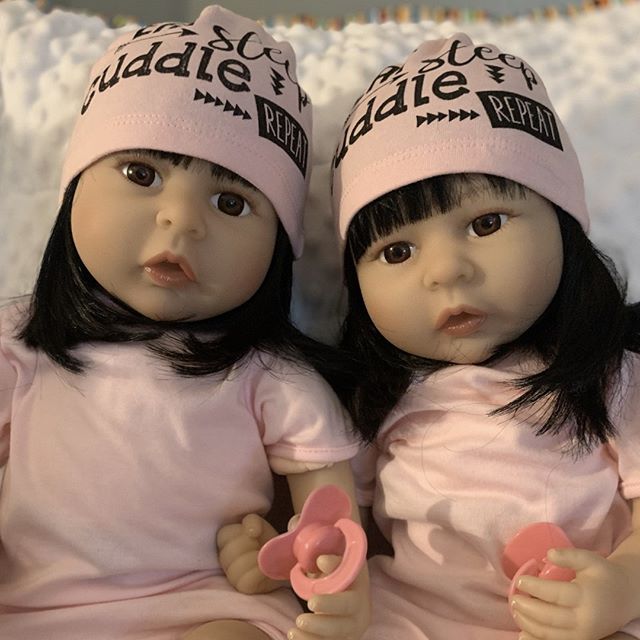
2 thoughts on “An Introduction to Reborn Dolls”